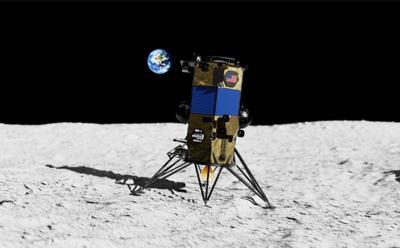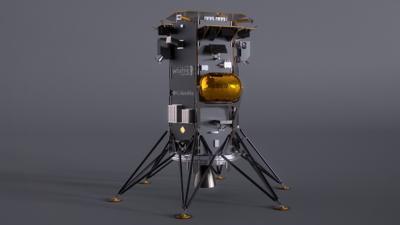Mon, Mar 10, 2025
Advertisement
More News
 Classic Aero-TV: Expert Analysis By The Kings-Airman Cert Standards 2016
Classic Aero-TV: Expert Analysis By The Kings-Airman Cert Standards 2016
From 2016 (YouTube Edition): Aeronautical Decision-Making and Risk Management Now Flow Into Aviation Training… While at EAA AirVenture 2016, ANN CEO and Editor-In-Chief, Jim>[...]
 Aero-News: Quote of the Day (09.17.25)
Aero-News: Quote of the Day (09.17.25)
“Having both Air Traffic Management programs at Embry-Riddle’s Daytona Beach and Prescott campuses approved for this critical FAA initiative to strengthen the air traff>[...]
 ANN's Daily Aero-Term (09.17.25): Discrete Code
ANN's Daily Aero-Term (09.17.25): Discrete Code
Discrete Code As used in the Air Traffic Control Radar Beacon System (ATCRBS), any one of the 4096 selectable Mode 3/A aircraft transponder codes except those ending in zero zero; >[...]
 ANN's Daily Aero-Linx (09.17.25)
ANN's Daily Aero-Linx (09.17.25)
Aero Linx: British Gliding Association (BGA) The British Gliding Association is the governing body for the sport of gliding in the UK and members are the 76 clubs that provide glid>[...]
 NTSB Final Report: Piper PA-46-310P
NTSB Final Report: Piper PA-46-310P
Purpose Of The Flight Was For The Accident Airplane To Be Photographed By Another Pilot From A Different Airplane Analysis: The pilot stated that the purpose of the flight was for >[...]
blog comments powered by Disqus





